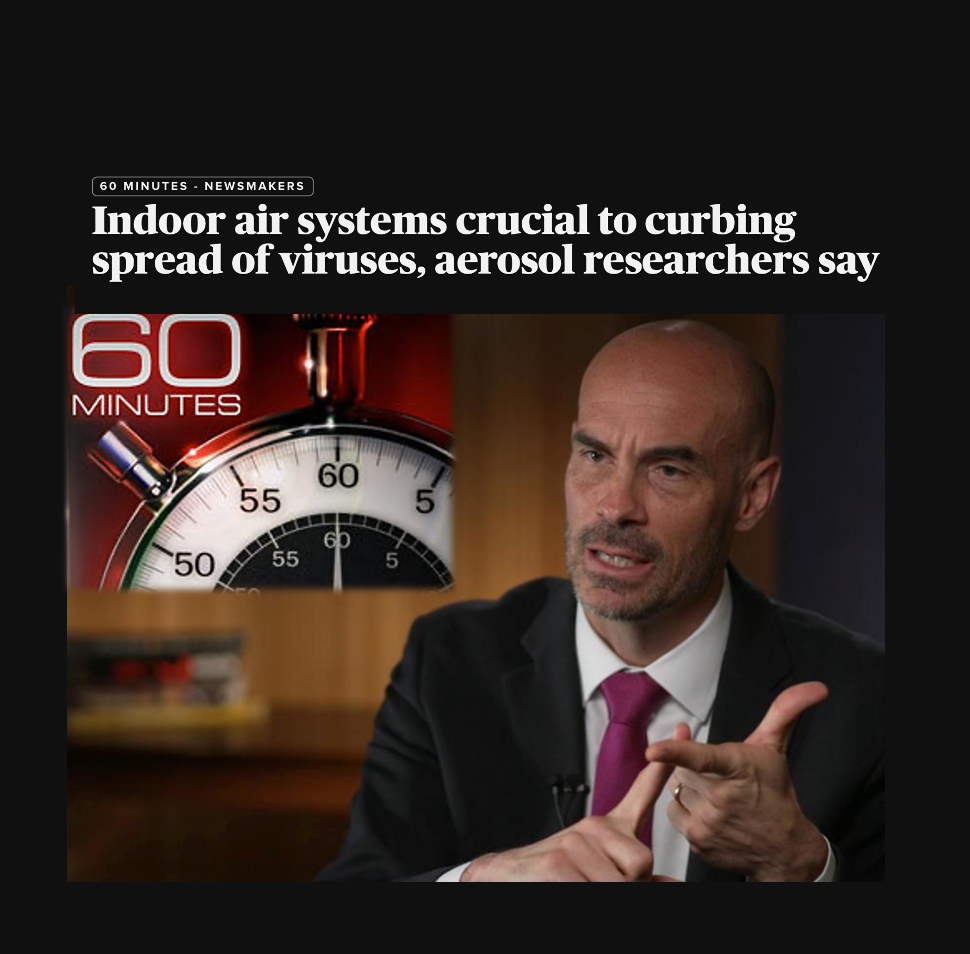Condensation vs. Clean Fresh Air: The Mist-Match of the Season
A simple look at why humidifiers fog up your windows—and why HOCl atomizing doesn’t.
If you grew up in a cold-weather region, you probably remember the old winter routine: Mom ran the humidifier, the windows fogged up, and little rivers of condensation crawled down the glass. Maybe you even traced shapes in the droplets.
Humidifiers were—and still are—common in winter because heating systems dry the air. But they come with side effects: damp windows, wet surfaces, and sometimes even musty smells if overused.
HOCl atomizers are completely different—and they exist for a completely different purpose.
No fogged windows. No moisture buildup. No room-dampening vapor. Just an ultra-fine, nearly dry mist designed for a very different job: improving indoor air quality using nature’s own molecule.
Let’s clear the air—literally—about the difference.
It’s Not a Humidifier: Why HOCl Atomizing Is in a Category of Its Own
Humidifiers work by adding significant water vapor to your indoor environment. You can feel it, smell it, even see it. On cold winter days, that vapor condenses on windows and walls because the particles are large and heavy.
- Typical humidifier droplet size: ~ up to 300 microns
- Droplet size from a Genesis HOCl atomizer: ~ 5 microns
- That’s 1/16th the width of a human hair.
This microscopic size is the key. It’s why HOCl atomizing doesn’t behave like humidity. There’s no perceptible rise in moisture in the air, no condensation, no puddling—nothing resembling the “winter window fog” you may remember.
Instead, the particles remain suspended in the air longer, disperse more evenly, and reach the very places where airborne contaminants, allergens, and odor-causing particles tend to hang out.
Why Particle Size Is Important
A 5-micron particle is the sweet spot—small enough to stay suspended and move efficiently through indoor spaces.
This particle size is critical for two reasons:
1. It stays airborne long enough to interact with airborne contaminants.
Unlike humidifier droplets that fall quickly, heavier and wetter, a 5-micron particle remains in the air, moving with natural air currents and reaching into corners and crevices.
2. It disperses without wetting surfaces.
People often ask if HOCl atomizers make things damp. The answer is NO! You can run the Genesis UX4 unit for hours—even continuously—and you won’t get condensation on surfaces.
Inside the Technology: The Ceramic Transducer
The “engine” of HOCl atomizing is a ceramic transducer, an extremely precise vibrating ceramic disc that converts the liquid into those microscopic particles.
Why ceramic?
- It's impervious to corrosion
- It withstands long-term use
- It produces a consistent 5-micron output
Many users run their units more intensely during the first few days. Once odors and stale air contaminants subside, they switch to intermittent settings to maintain the improved indoor air quality. At lower settings, the unit can run for days on one tank.
Why Winter Is the Perfect Time for HOCl Atomizing
Cold-weather months bring:
- Closed windows
- Stale indoor air
- Higher levels of indoor allergens and other contaminants
- Longer periods of indoor living
- More lingering cooking odors, pet odors, and “household smells”
- Less ventilation
A natural, ultra-fine mist that freshens the air without adding humidity is ideal for this time of year. HOCl atomizing helps maintain a cleaner, better indoor environment when your home needs it most.
Backed by Growing Scientific Interest
Around the world, scientists and institutions have been exploring hypochlorous acid (HOCl) in airborne applications. One notable example is a recent study highlighted by Panasonic, which examined gaseous hypochlorous acid and its interaction with airborne bacteria and virus particles.
This research demonstrates why HOCl has become such a major focus in the health, engineering, and indoor-air-quality communities. Click here for the full report.
Practical Takeaways from the Panasonic Report:
- They examined how extremely low-concentration gaseous HOCl interacts with airborne and surface bacteria.
- Their researchers observed more than 99% reduction of adhered pertussis bacteria under specific laboratory conditions and another report by Panasonic concluded that respiratory viruses can also be reduced by 99% through HOCl atomizing.
- Their studies help validate HOCl’s atomizing efficacy in various environments, sparking further scientific attention in universities, hospitals, and engineering labs.
This growing body of external research helps consumers understand why HOCl is increasingly discussed as a promising tool for improving indoor environments.
The Bottom Line: A Humidifier Adds Moisture. An Atomizer Improves Air Quality.
Humidifiers:
✔Produce larger particles
✔ Add water vapor
✔ Increase humidity
✔ Leave condensation and damp surfaces
✔ Useful for dry air, but not designed to improve air quality
HOCl Atomizers:
✔ Produce ultra-fine 5-micron HOCl particles
✔ Do not increase humidity
✔ Do not leave surfaces wet
✔ Use a corrosion-resistant ceramic transducer
✔ Are designed for air freshness, odor reduction, and a cleaner-feeling environment
Simply put: A humidifier changes the humidity. A Genesis atomizer changes the experience of your indoor air. No residue. No moisture. No chemicals.
Never before has a solution so natural offered such a practical way to improve the quality of the air you breathe—especially during the closed-window season.




Share:
Too Safe to Regulate, Too Effective to Ignore — The Paradox of HOCl